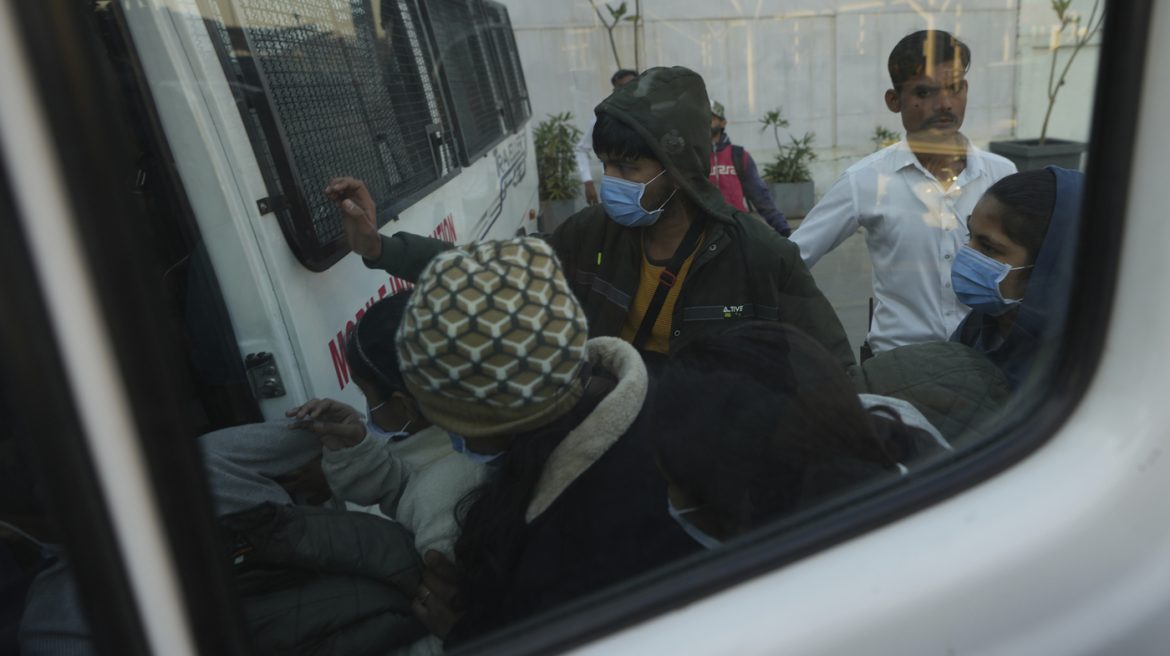Dynamics of India-U.S. Relations in Contemporary Context
India and the United States share a multifaceted and evolving relationship shaped by historical, political, economic, and strategic factors. While the two democracies have recently strengthened their ties into a comprehensive strategic partnership, several challenges and shifts have introduced complexity and occasional strains. A detailed analysis reveals the nuanced state of this bilateral relationship as of 2025, underscored by developments during and after the Trump administration, ongoing tariff negotiations, migration concerns, and regional security issues.
—
Historical Perspective and Strategic Evolution
The relationship between India and the U.S. has transitioned from Cold War-era mistrust to a 21st-century strategic embrace. During India’s early post-independence years up to the 1970s, ties were lukewarm due to India’s non-alignment policy and U.S. discomfort with it, as well as differences over nuclear proliferation. However, post-Cold War, an alignment of geopolitical and economic interests catalyzed warming ties. India’s emergence as a rising global power and the U.S.’s strategic pivot to Asia gave new impetus to bilateral cooperation in areas like defense, counterterrorism, trade, and technology.
Both countries have cultivated a multifaceted strategic partnership, solidified through defense agreements, trade dialogues, and shared concerns over regional security, especially regarding China’s rise and South Asian stability. U.S. Presidents from Obama to Biden have emphasized India as a “natural ally” and key partner for maintaining a free and open Indo-Pacific.
—
Recent Political and Economic Frictions
Despite the overarching positive trajectory, recent years have witnessed some hiccups impacting mutual perceptions and diplomatic warmth.
Tariffs and Trade Tensions
Under the Trump administration, tensions surfaced with the announcement of a 26% tariff on certain Indian goods—though these were suspended. This tariff threat was part of wider U.S. trade confrontations with numerous countries including China. India has viewed these tariffs as a challenge but simultaneously as an opportunity, hoping to expand exports to the U.S. by capturing market share dislodged from tariff-inflated Chinese products.
Ongoing bilateral negotiations in 2025 aimed to finalize a comprehensive trade deal to facilitate smoother economic exchanges and reduce tariffs, signaling both sides’ desire to mitigate friction and boost mutually beneficial commerce.
Immigration and Deportation Backlash
The Trump administration’s deportations of dozens of Indian migrants without legal status adversely affected public perception in India, provoking political backlash. These actions occurred alongside tightened visa restrictions, including clampdowns on Indian travel agencies suspected of facilitating illegal migration, which intensified India’s discontent with U.S. immigration policies. The contrasting image of warm personal rapport between leaders such as Prime Minister Modi and President Trump contrasted starkly with these coercive immigration actions, underscoring tensions in people-to-people ties.
—
Defense and Security Cooperation
India and the U.S. have deepened defense collaboration, a cornerstone of their strategic engagement. India plays a vital role in realizing a shared vision for a free and open Indo-Pacific region, working with the U.S. in joint military exercises, defense trade, and intelligence sharing.
Nonetheless, regional complexities such as the India-Pakistan conflict and Kashmir tensions remain focal concerns. The U.S. has played a mediating role, notably helping broker a ceasefire between India and Pakistan in early 2025. However, experts emphasize the necessity of sincere and sustained U.S. engagement to achieve longer-term peace in South Asia. India’s diplomatic emphasis also includes clarifying its expectations of U.S. involvement vis-à-vis Pakistan.
—
Societal and Cultural Interactions
The Indian diaspora in the U.S., comprising millions, serves as a bridge enhancing bilateral ties. Indian cultural exports, educational exchanges, and economic contributions through professionals bolster a positive connection. However, deportations and visa restrictions occasionally strain this relationship, influencing public opinion in both nations.
Indian “visa temples” have symbolically emerged in response to immigration hurdles, illustrating the emotional and social impact on the diaspora community. Balancing immigration policies and diaspora sensitivities remains an ongoing challenge.
—
Challenges and Fragility in the Partnership
Despite clear mutual benefits, the relationship is not devoid of structural fragility. Areas of friction include trade disputes, immigration policies, and divergent approaches to Pakistan and regional conflicts. Political rhetoric and domestic pressures in both countries can complicate diplomacy.
Analyses suggest that optimism about the partnership should be tempered with realism regarding its limits. The balance between strategic cooperation and national interests requires continual negotiation.
—
Concluding Reflections: Charting the Path Ahead
The India-U.S. relationship in 2025 is characterized by a blend of robust strategic cooperation and realistic confrontation with unresolved differences. Economic opportunities beckon amid trade negotiations, while defense ties and regional security dialogues underscore their geopolitical partnership. However, political backlashes, immigration concerns, and diplomatic sensitivities signal the need for nuanced management.
For sustainable progress, both countries must navigate their domestic imperatives and bilateral expectations with flexibility and candidness. Continued high-level engagement, like Modi-Trump or Modi-Biden meetings, offer platforms to reaffirm shared goals and address contentious issues. Equally, broadening people-to-people connections and cultural understanding will underpin durable trust.
The evolving India-U.S. partnership stands as a pivotal axis in global affairs, emblematic of how two diverse democracies can engage deeply despite challenges, maintaining a relationship poised for meaningful impact in an increasingly complex world.


